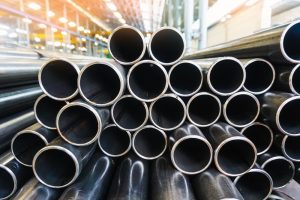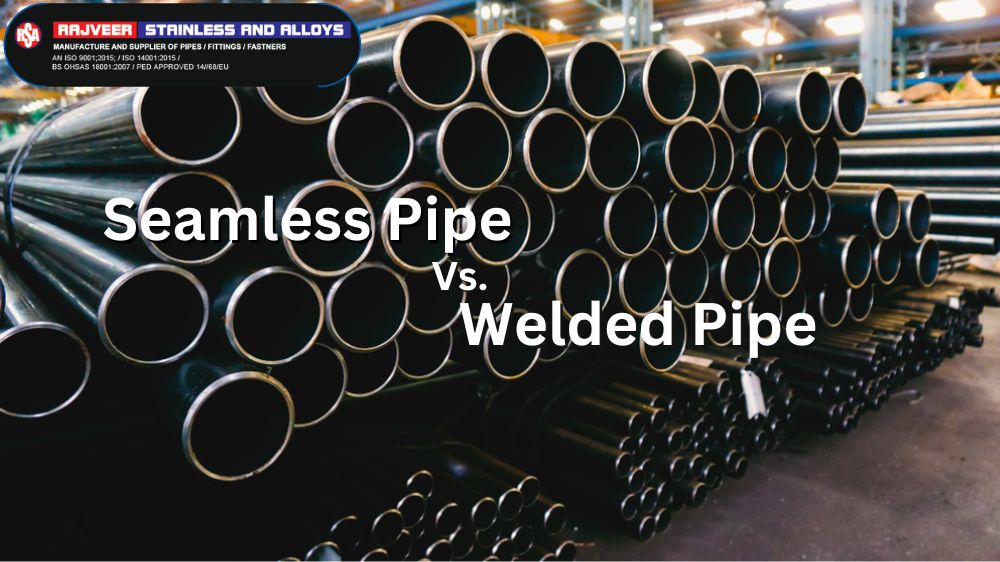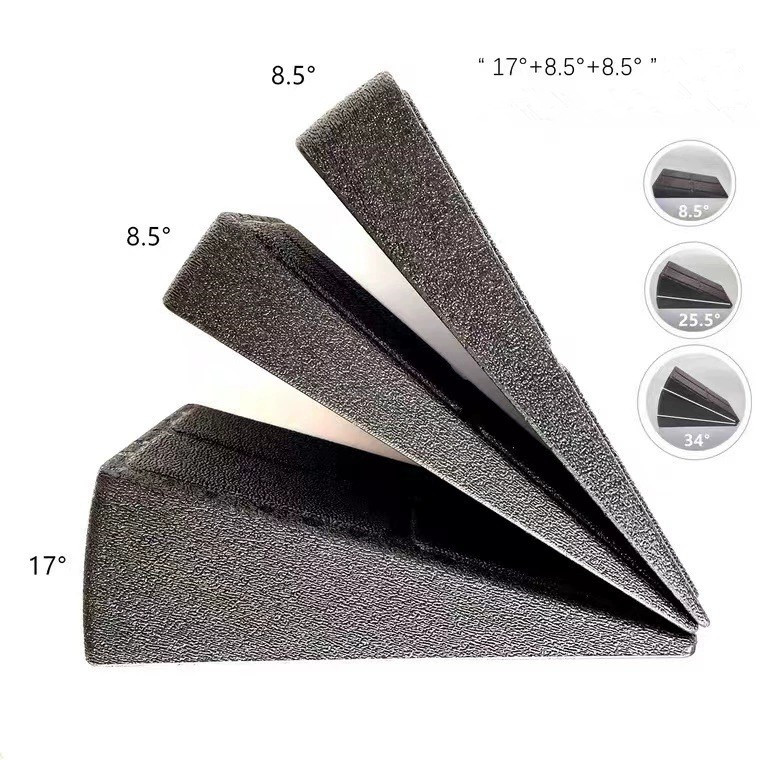Choosing the appropriate pipe type for your project can significantly impact its success. One major decision involves deciding between seamless pipes and welded pipes. Each has its own set of benefits and limitations, so understanding their unique features will help you make a smart choice. In this article, we'll delve into the characteristics of both seamless and welded pipes, comparing their strengths and weaknesses.
Â
Seamless Pipes:
Â
Seamless pipes are crafted without any weld lines, making them ideal for demanding applications like oil and gas transport, chemical processing, and power generation. Since they’re made from a single piece of metal, seamless pipes provide exceptional strength and dependability. Moreover, their uniform wall thickness and consistent dimensions ensure enhanced performance and longevity.
One standout advantage of seamless pipes is their capacity to handle higher internal pressures compared to welded pipes. This makes them perfect for high-stress environments. Additionally, seamless pipes are less vulnerable to corrosion due to their smooth, uninterrupted surface.

Â
Welded Pipes:
Â
On the other hand, welded pipes are created by joining multiple pieces of steel through welding. Although they tend to be more affordable and available in larger sizes, welded pipes might not match the strength and reliability of seamless ones. They are often more prone to defects such as cracks, inconsistencies in wall thickness, and porosity, which could affect their performance in some scenarios.
Even with these potential downsides, welded pipes remain popular across various industries, including construction, plumbing, and automotive manufacturing. They work well in situations where precision and high-pressure demands aren’t essential, and cost-efficiency plays a big role.
Â
Conclusion:
Ultimately, the decision between seamless and welded pipes hinges on several factors, including project specifications, budget constraints, and environmental conditions. Seamless pipes excel in terms of strength, reliability, and corrosion resistance, while welded pipes offer a more economical solution for less demanding tasks. By weighing the pros and cons of each type and analyzing your specific needs, you can pick the best option for your project.

